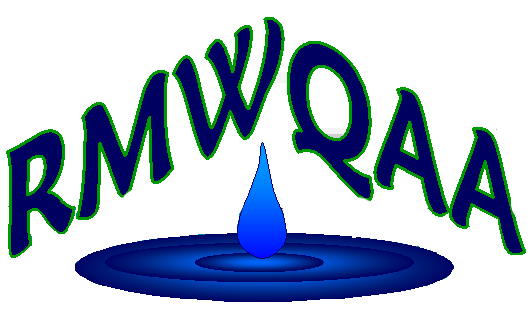There are several new and revised rules for drinking water on the horizon. UCMR5 is one of those rules.
What is UCMR (Unregulated Contaminant Monitoring Rule)?
- In 1996 the Safe Drinking Water Amendment required that once every 5 years the EPA issue a list of no more than 30 unregulated contaminants to be monitored for by public water systems. These contaminants are suspected to be present in drinking water but do not yet have health-based standards.
What is the purpose of the program?
- Collect nationally representative occurrence data for unregulated contaminants
- Provides information on the population exposed
- Data is considered as part of future EPA decisions to protect public health through regulation under the Safe Drinking Water Act
Who must monitor?
- Public water systems (PWS) serving a population >10,000 people, small systems (3,300-10,000 people) this requirement is based on the availability of funding and sufficient lab capacity, as well as a nationally representative sample of PWS serving ≤ 3,300 people
What is UCMR5-It is the Fifth Unregulated Contaminant Monitoring Rule.
- Requires monitoring for 29 per- and polyfluoroalkyl substances (PFAS) and lithium
- Monitor at the entry point to the distribution system
- Monitoring occurs 2023-2025
- Surface water, groundwater under the direct influence of surface water, or mixed source systems must monitor 4 times during a consecutive 12-month monitoring period. Sample events must occur 3 months apart
- Groundwater systems must monitor 2 times during a consecutive 12-month monitoring period. Sample events must occur 5-7 months apart.
How were sampling schedules established?
- EPA initially drafted schedules and large PWS had the opportunity to review and modify their schedule through December 31, 2022. Large systems had to register for EPA’s Safe Drinking Water Accession and Review System “SDWARS”, accept their notification letter, and update sampling location(s), shipping address, and zip code(s).
Which labs are EPA approved to perform the analyses?
What happens after sample collection?
- Within 90 days of sample collection, laboratories post data to SDWARS.
- Within 30 days of the laboratory posting data, large water systems review and approve the data. If the system hasn’t acted upon the data after 30 days, the data are considered approved and ready for state and EPA review.
Where can consumers find UCMR results?
- All systems are required to report their data to EPA. The analytical results from UCMR are stored in the National Contaminant Occurrence Database (NCOD) for drinking water.
- The Public Notification Rule requires that all systems notify their customers of the availability of UCMR results no later than 12-months after results are known. Community Water Systems (CWSs) are also required to report UCMR results in their annual Consumer Confidence Report (CCR) when unregulated contaminants are detected (the CCR Rule does not apply to non-community water systems). CWSs may include their public notice within CCRs, also known as annual drinking water quality reports, which are to be delivered to all billing customers by July 1 of each year. CWSs must report the average of the year’s monitoring results and the range of detections.
Lesa Julian is the Environmental Services Superintendent for the City and County of Broomfield. She has worked for the City for 32 years.
 Welcome to the
RMWQAA Website!
Welcome to the
RMWQAA Website!  Welcome to the
RMWQAA Website!
Welcome to the
RMWQAA Website!